With high-class urban area projects and pioneering strategies in the real estate industry, Gamuda Land is continuing to expand and develop strongly in Vietnam, one of the fastest growing real estate markets in the region.
Gamuda Land Vietnam expands land fund, promotes QTP project in the North
With high-class urban area projects and pioneering strategies in the real estate industry, Gamuda Land is continuing to expand and develop strongly in Vietnam, one of the fastest growing real estate markets in the region.
Vietnam market potential and sustainable growth plan
With the goal of achieving revenue of RM14 billion (equivalent to USD3.15 billion) by 2025, Gamuda Land continues to promote its strategy of developing new projects to meet the demand for high-end housing and modern urban areas in Vietnam. The Chairman of Gamuda Land Vietnam shared with reporters of The Star - Malaysia that: "Vietnam is not only a key market of the group but also one of the markets with strong development potential in the coming years. The adjustment of important laws in the real estate industry is expected to create a solid foundation for the Vietnamese market to continue to develop sustainably and attract large investments from international corporations".
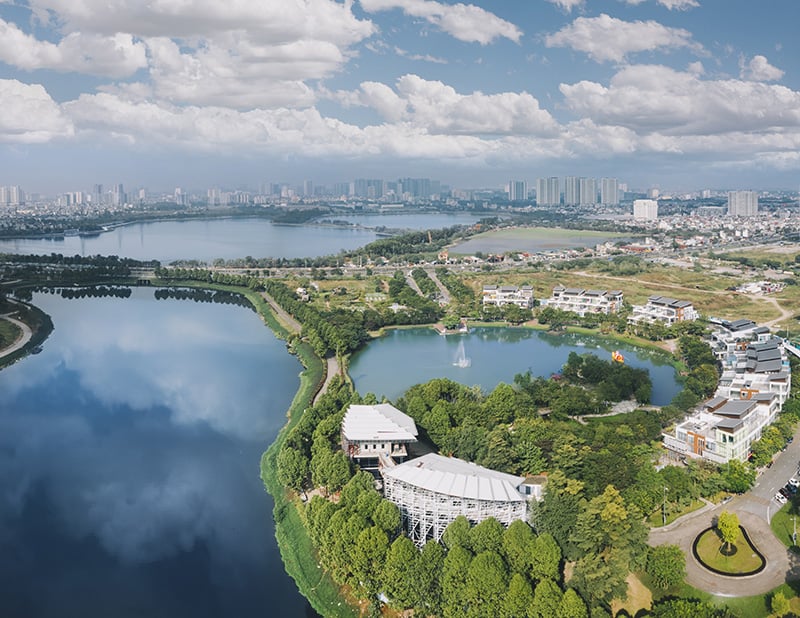 |
| Gamuda City project developed by Gamuda Land in Hoang Mai district, Hanoi |
Although the Vietnamese real estate market in 2024 faces many challenges, Gamuda Land Vietnam (GLVN) is still determined to develop thanks to its flexible investment strategy and long-term vision. The Group continuously launches high-end real estate projects and carries out many groundbreaking activities, introducing new projects, affirming its strong commitment to the Vietnamese market and maintaining its leading position in the industry. It can be seen that GLVN has been and will affirm the Group's long-term strategy through potential and successful QTP (Quick Turnaround Project) projects.
QTP Project: The Key to Success of Gamuda Land Vietnam
Gamuda Land’s QTP strategy focuses on projects with high internal rates of return, allowing the Group to generate profits within five years and reinvest in new projects. This approach complements the company’s township development model, which focuses on projects with a gross value (GDV) of at least RM1 billion ($225 million). It also helps create strong value, significantly shortening the payback period compared to traditional township projects, which have a payback period of 10 to 20 years due to the large investment required in infrastructure and site development.
 |
| Eaton Park project is located in District 2, Ho Chi Minh City. |
As of the first quarter of FY2025 (1Q25), Gamuda Land is currently operating 12 QTPs in Vietnam, the UK and Australia, with sales reaching RM6.9 billion (US$1.55 billion). Specifically, there are 6 QTPs in Vietnam, 4 in the UK and 2 in Australia. Going forward, Vietnam will continue to contribute 60% to Gamuda Land’s international sales, thanks to the country’s strong economic growth and the company’s deep understanding of the local market.
Mr. Angus Liew Bing Fooi, Chairman of Gamuda Land Vietnam, shared that the company’s development strategy focuses on familiar areas, combining urban development with QTP strategy, which has helped the company to forecast profits strategically and sustainably. This not only meets business goals but also creates value for investors.
“With this strategy, we forecast 30% earnings growth in FY2027 (vs FY2024), driven by acquired projects and expected to contribute up to 90% of our revenue over this period,” said Mr Liew.
“We are delighted to announce the acquisition of a new 2.7-acre site in Hai Phong, Vietnam’s third largest city. This is our first investment in Hai Phong. We plan to develop high-rise apartments in the area, with an estimated gross development value (GDV) of RM1 billion (US$255 million). The site is located in Le Chan district, 1.5 hours from Hanoi, just 2 km from Hai Phong’s central business district and close to Cat Bi International Airport,” said Angus Liew.
He also shared that this prime location benefits from complete infrastructure, being close to government agencies, commercial centers, universities and hospitals.
“With limited supply in central Hai Phong, Le Chan district offers an attractive opportunity with little competition from new developments,” Mr. Liew emphasized. “We maximize the potential of waterfront, park or lakefront sites, while prioritizing locations with existing or planned infrastructure, such as airports, highways and metro systems.”
By 2030, the company aims to achieve a balanced revenue contribution of 40% from Malaysia, 45% from Vietnam, and 15% from the UK, Australia and other regions.
In the future, GLVN is committed to continuing to implement pioneering projects on sustainable urban development, while creating ideal living communities for residents. This is a long-term vision that helps the group not only maintain its leading position but also create sustainable value for the Vietnamese real estate market.
Source: https://baodautu.vn/batdongsan/gamuda-land-viet-nam-mo-rong-quy-dat-thuc-day-du-an-qtp-tai-mien-bac-d242290.html



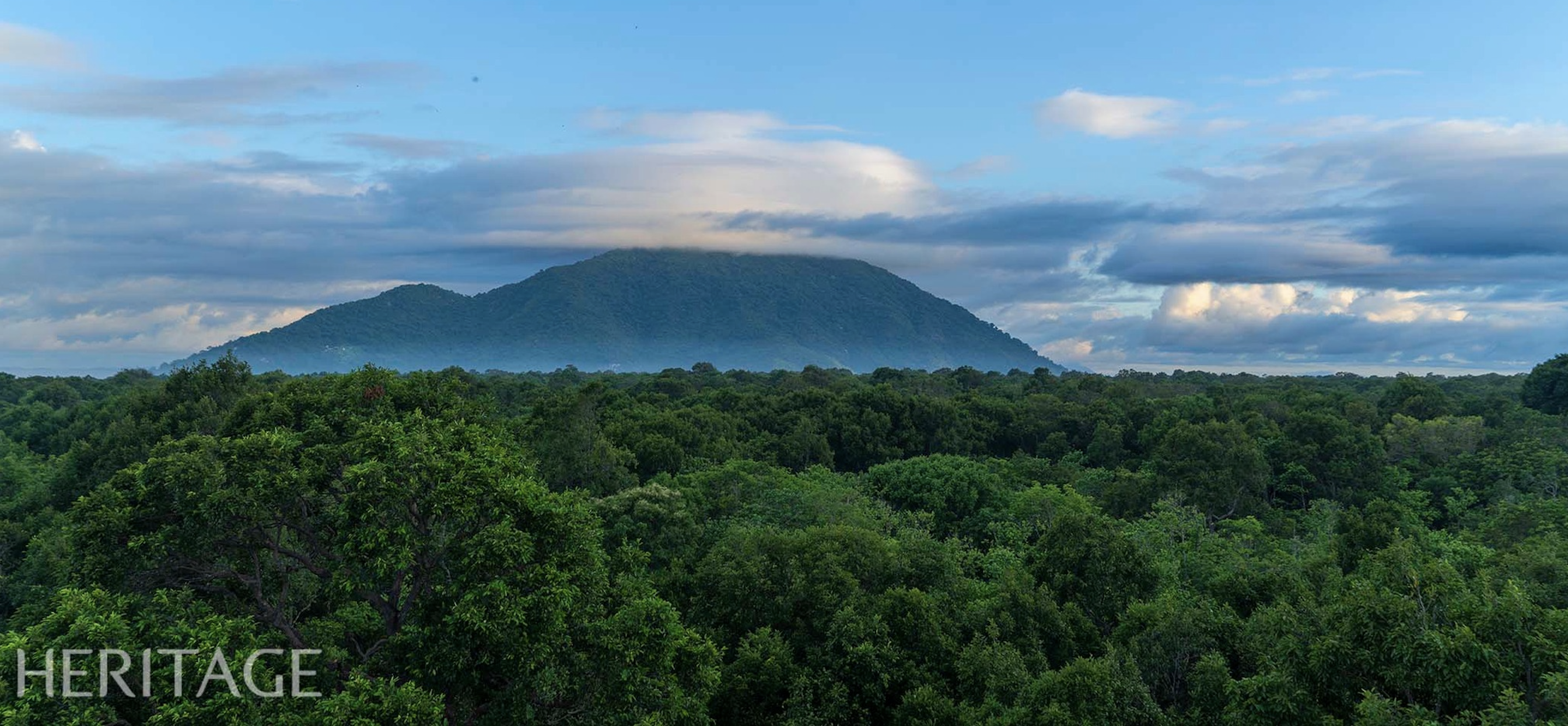
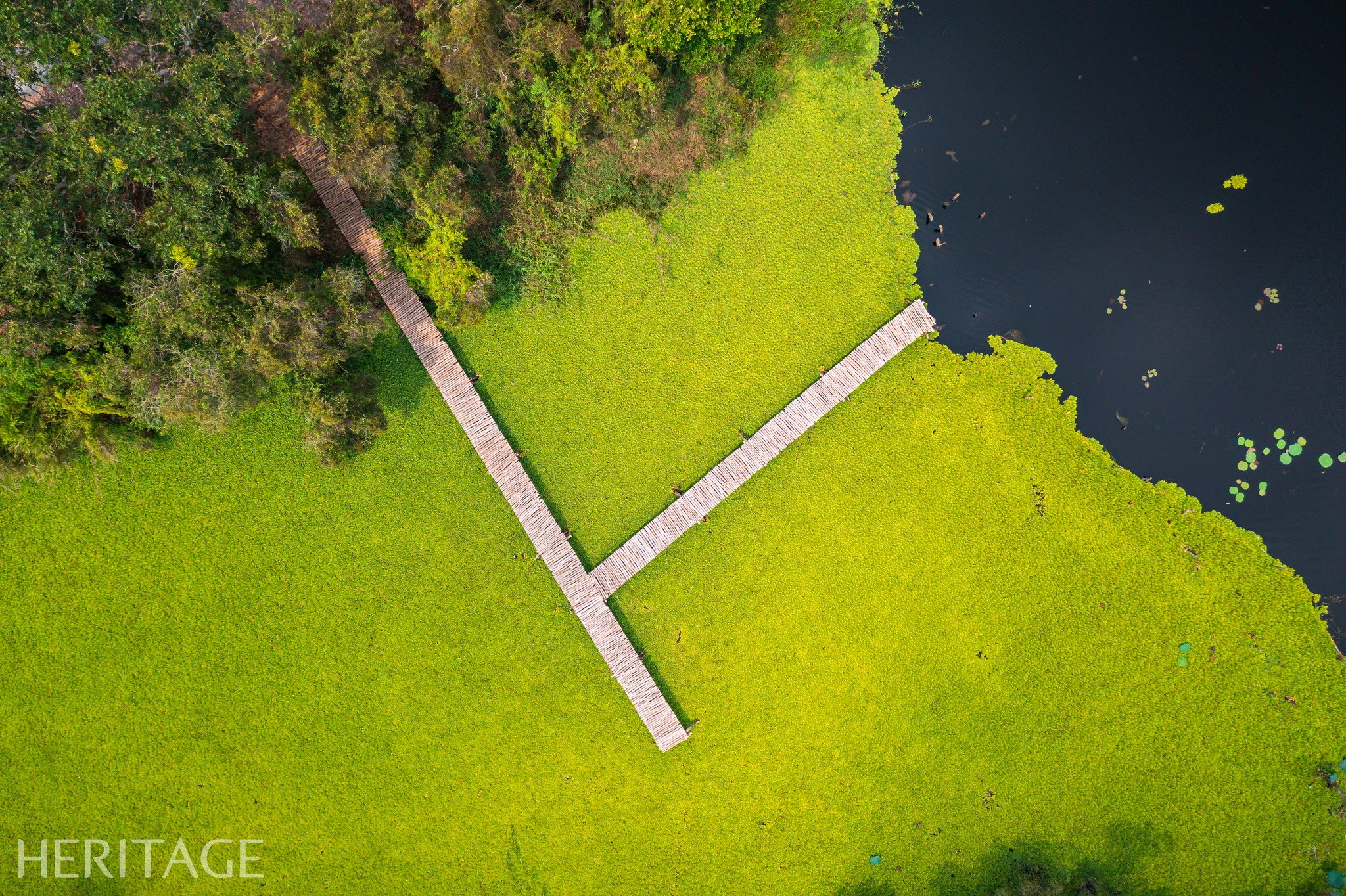
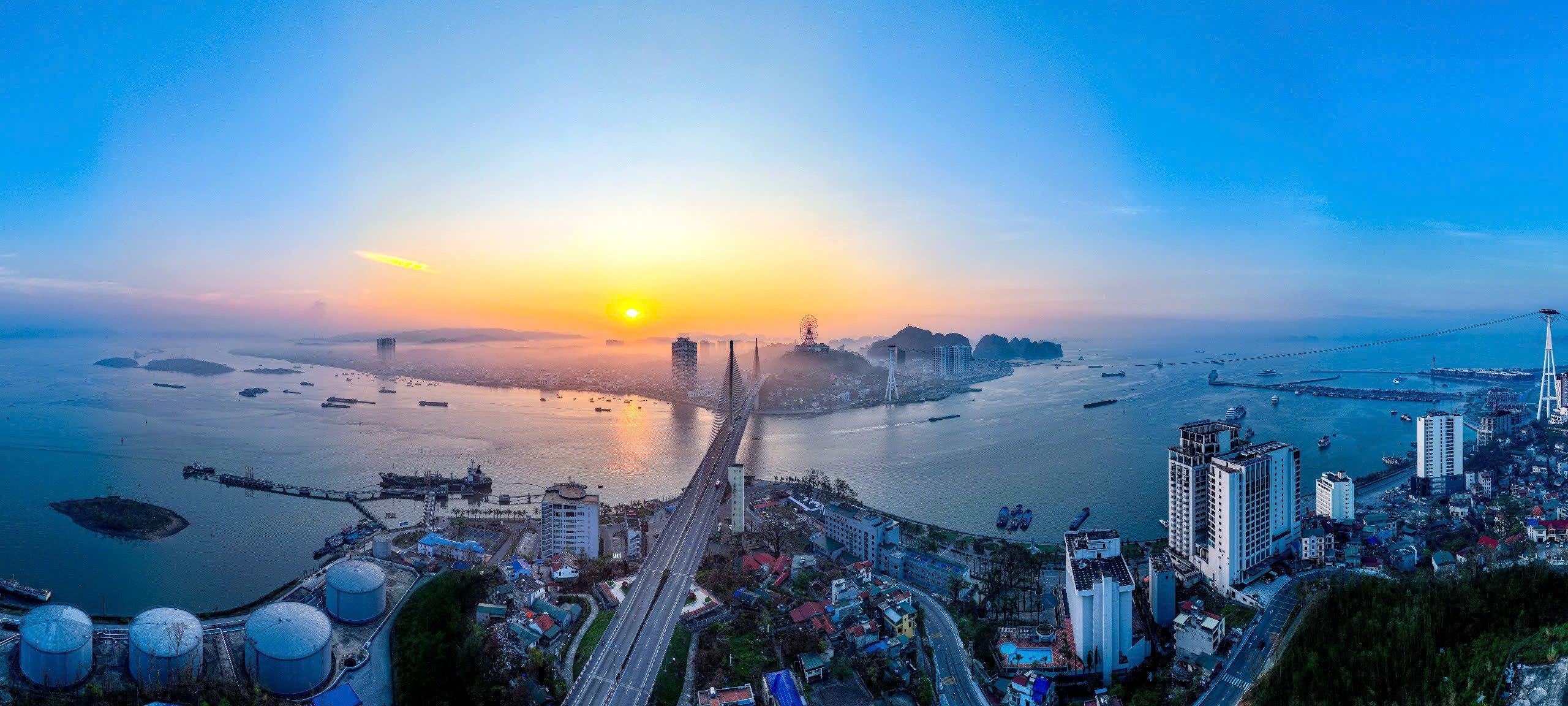

![[Photo] Thousands of Buddhists wait to worship Buddha's relics in Binh Chanh district](https://vstatic.vietnam.vn/vietnam/resource/IMAGE/2025/5/3/e25a3fc76a6b41a5ac5ddb93627f4a7a)
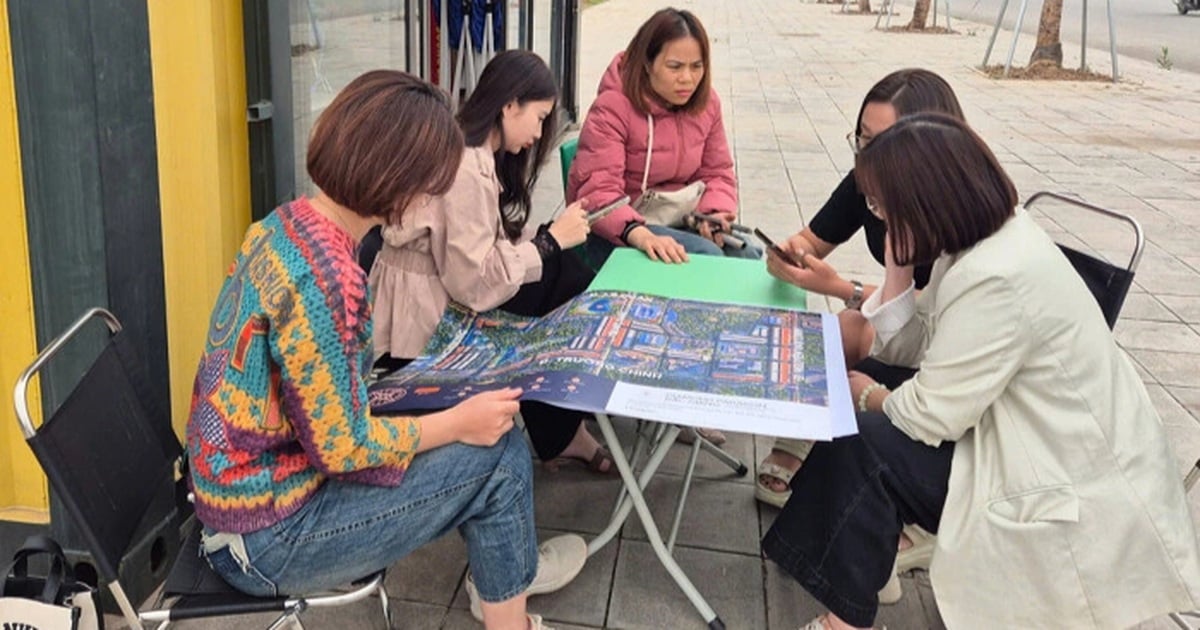

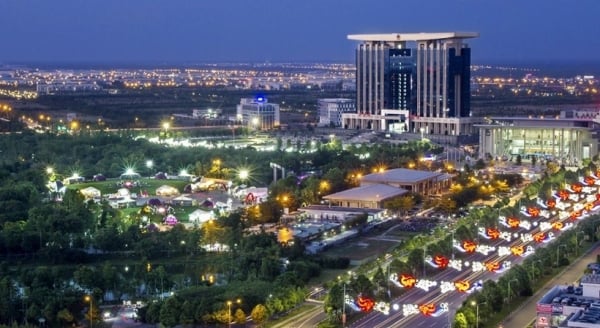

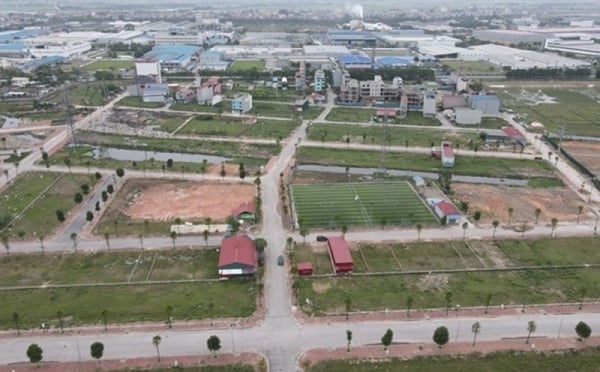
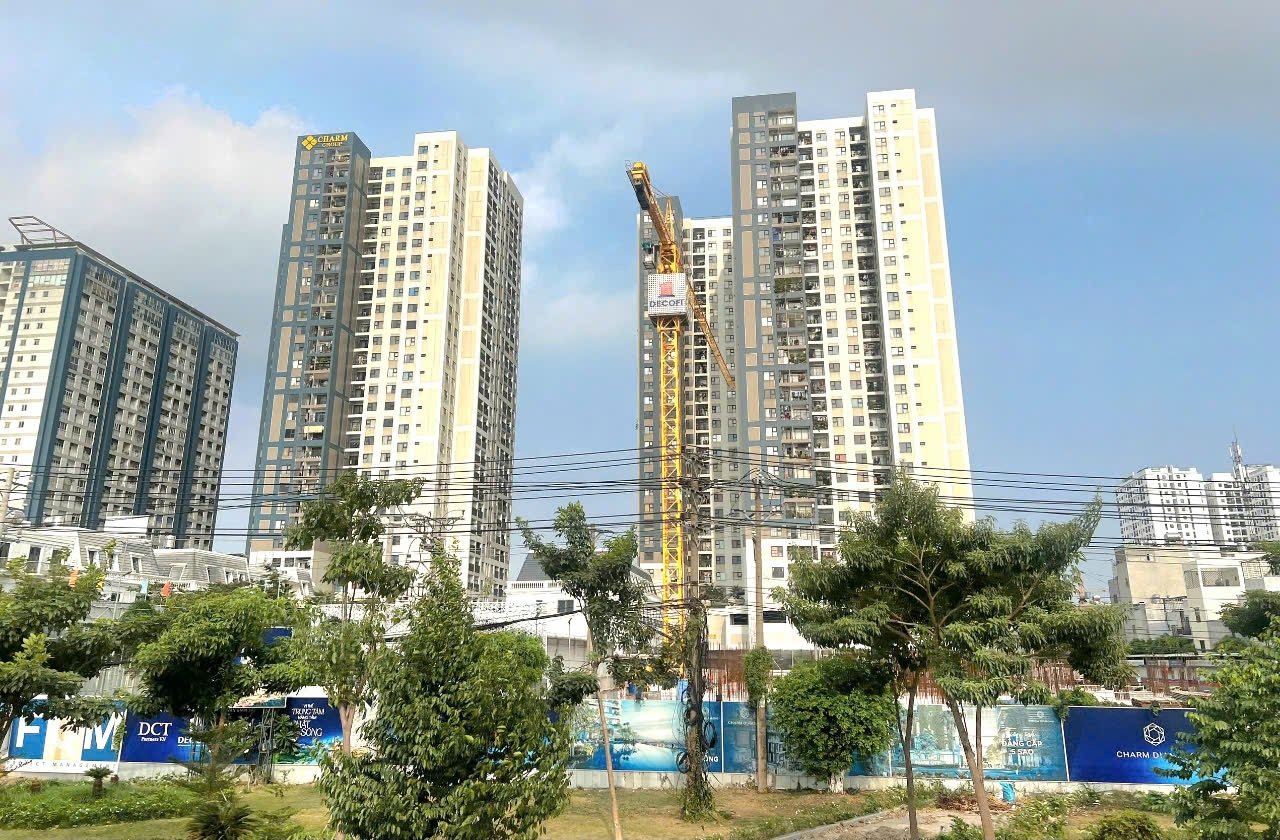
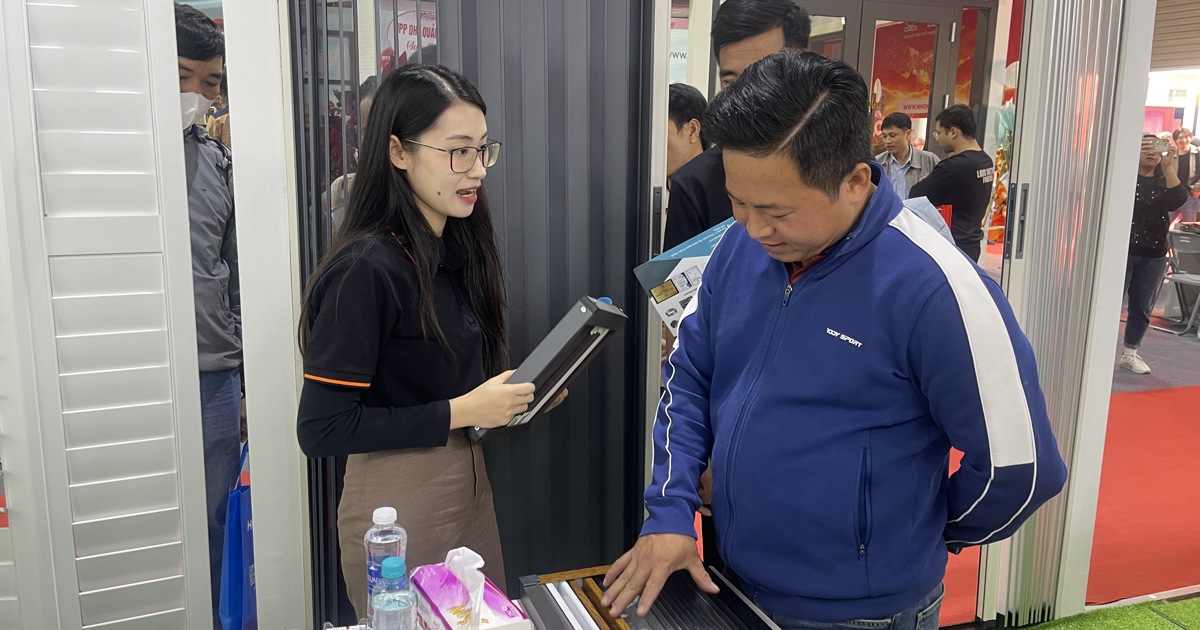

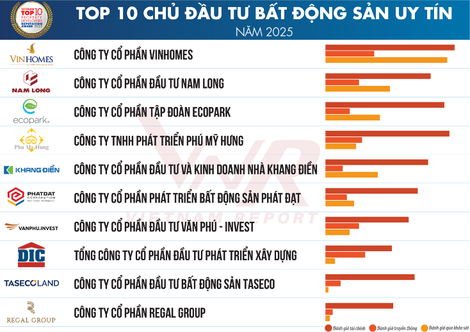


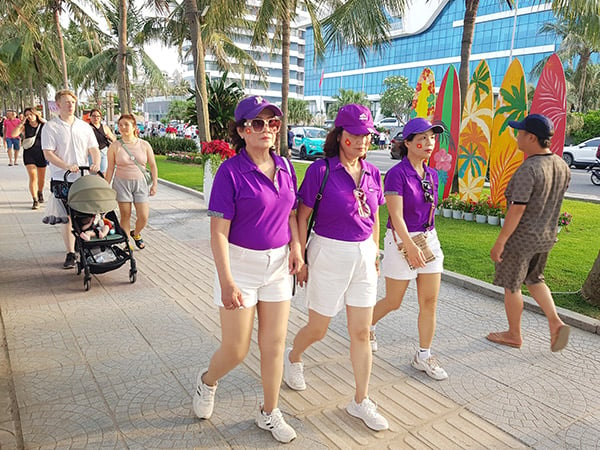

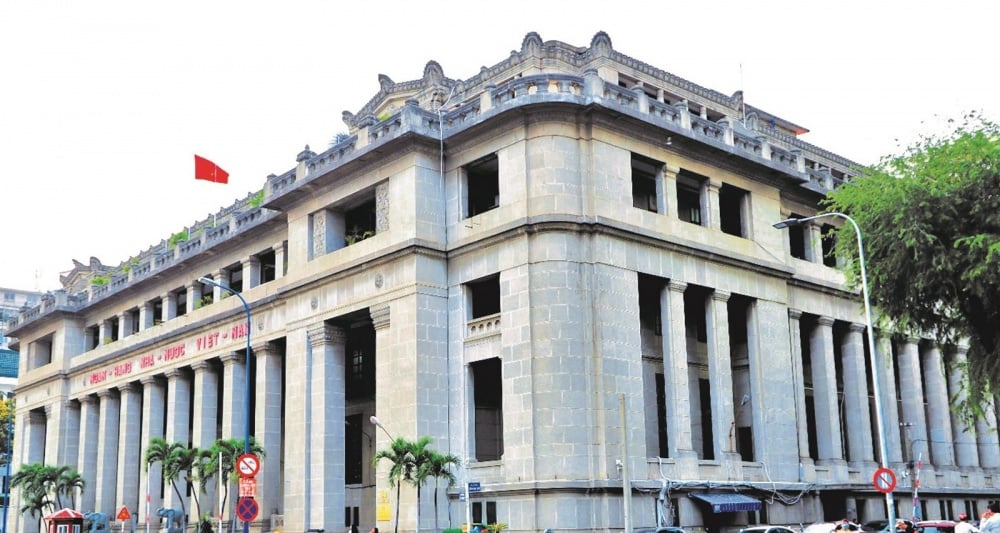
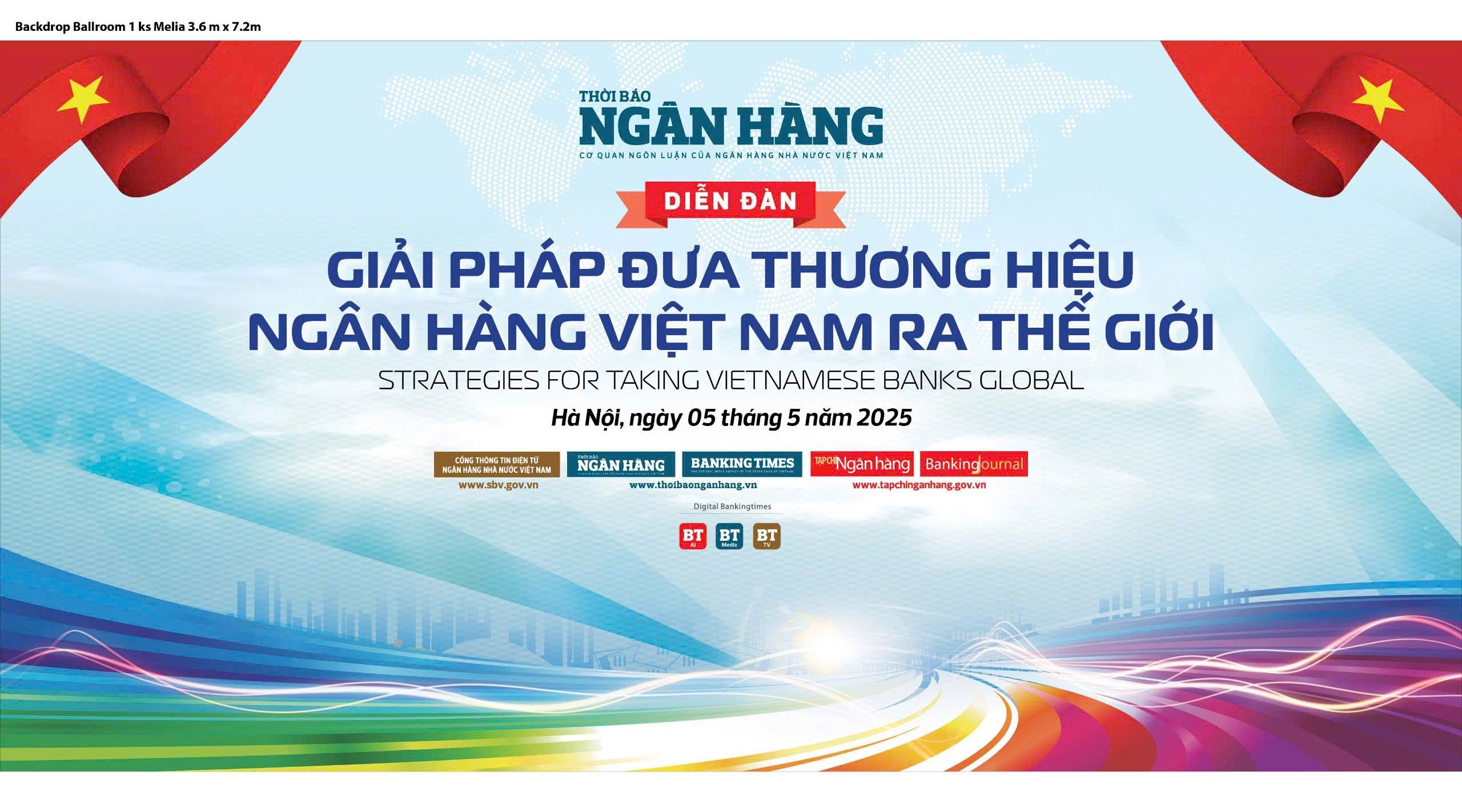


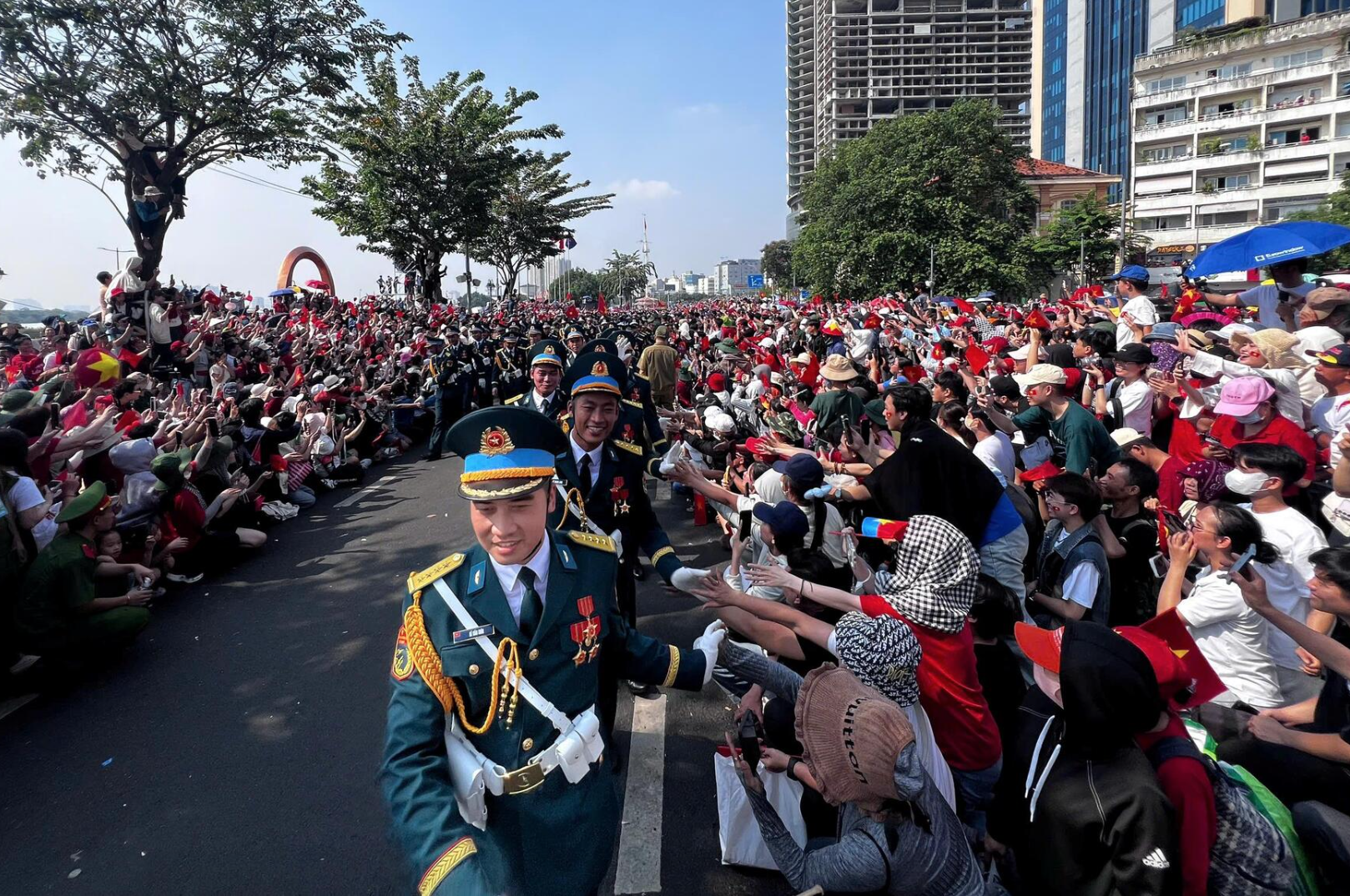
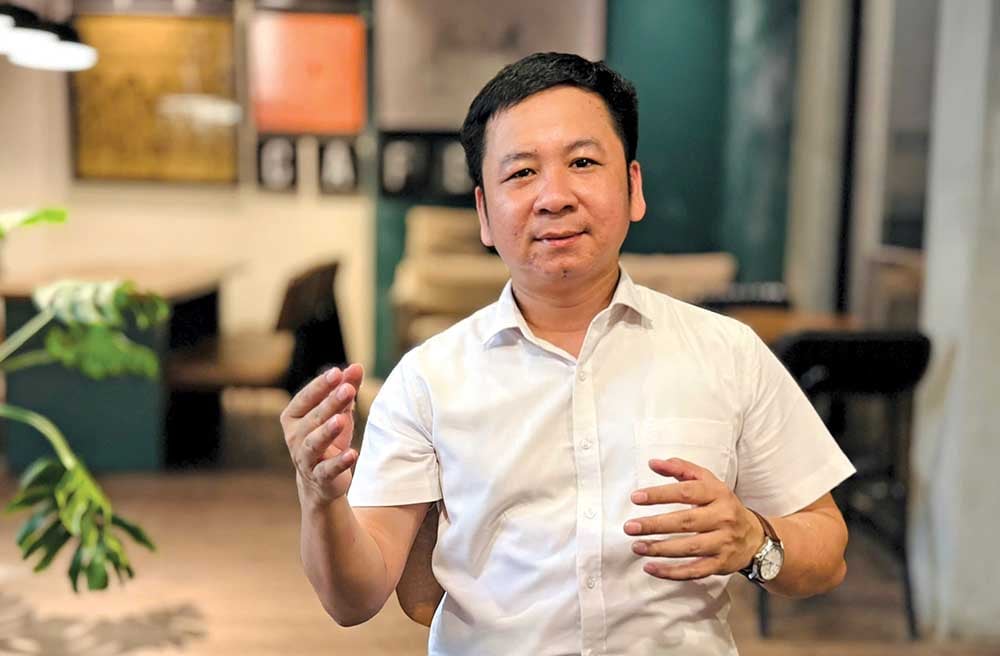

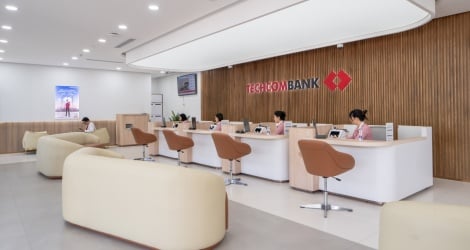
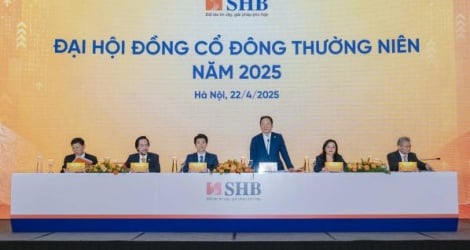


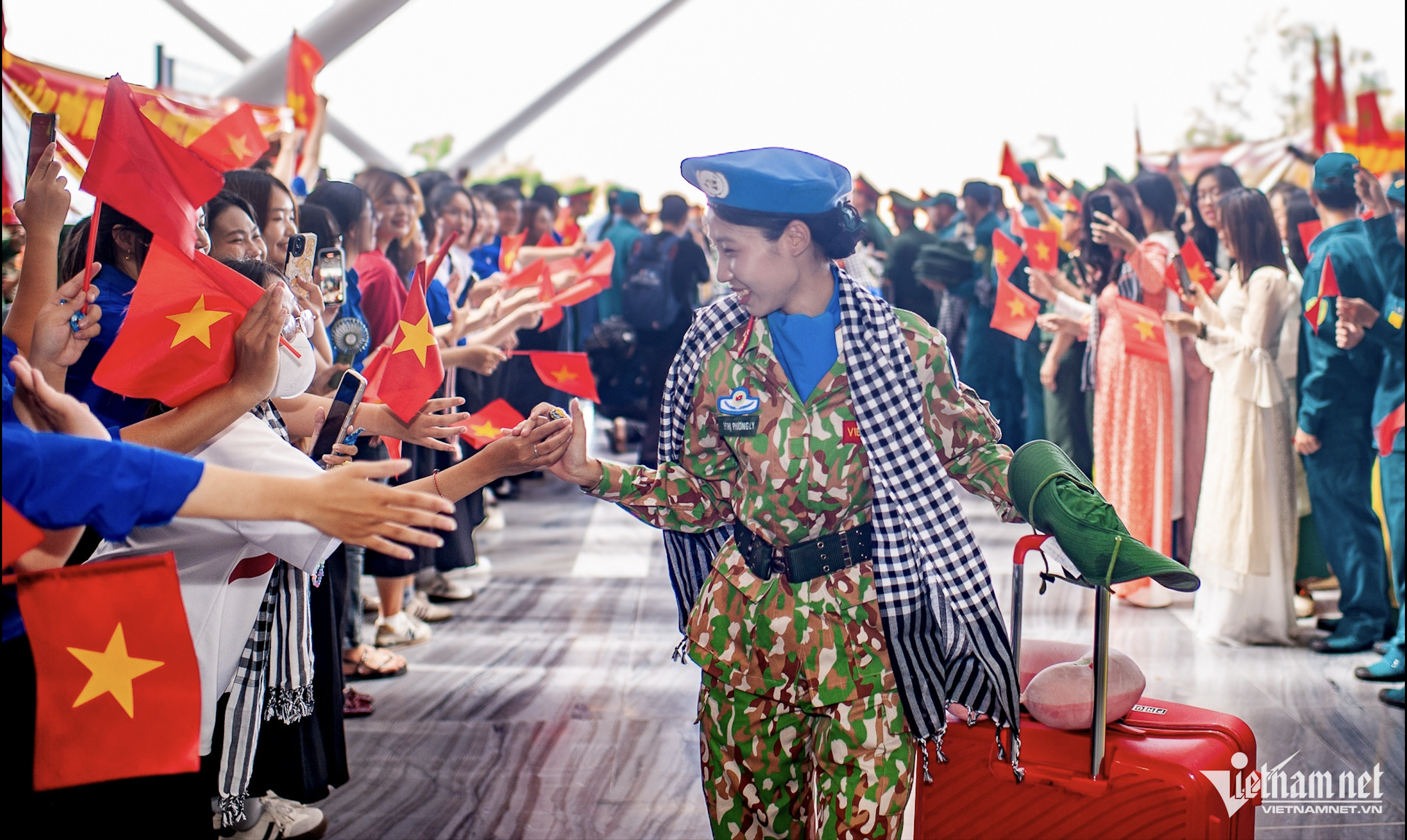


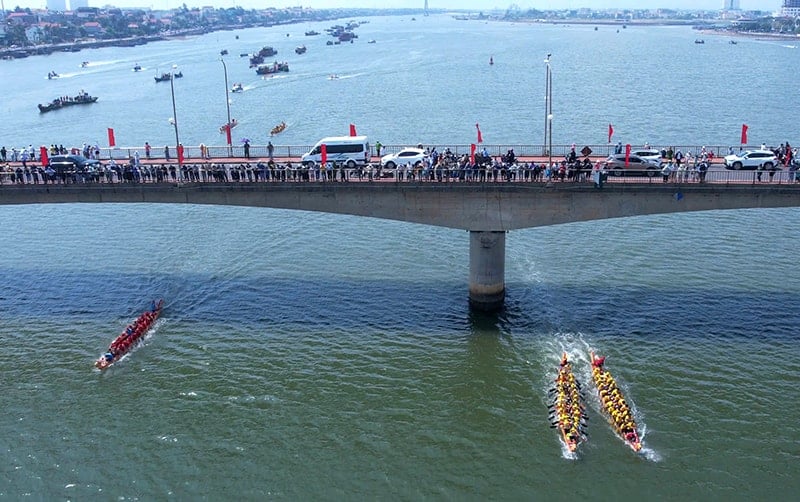

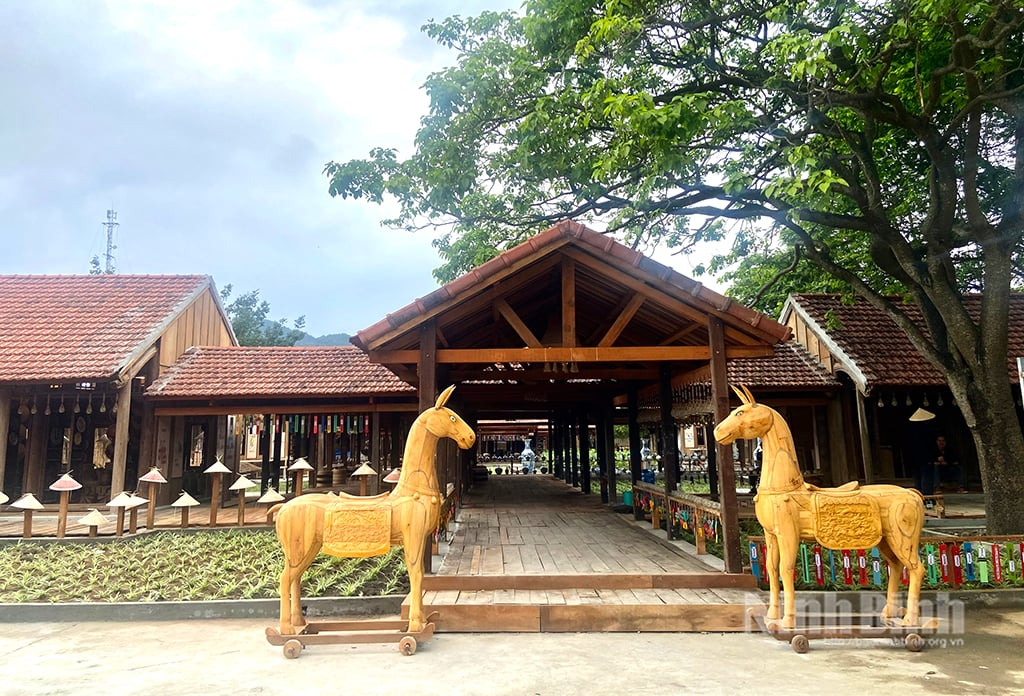
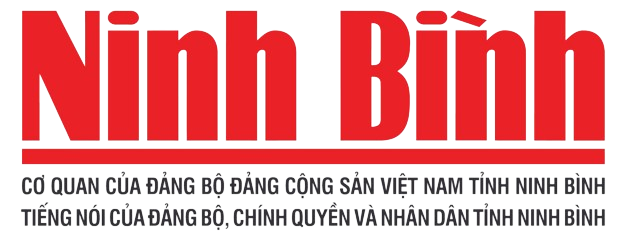
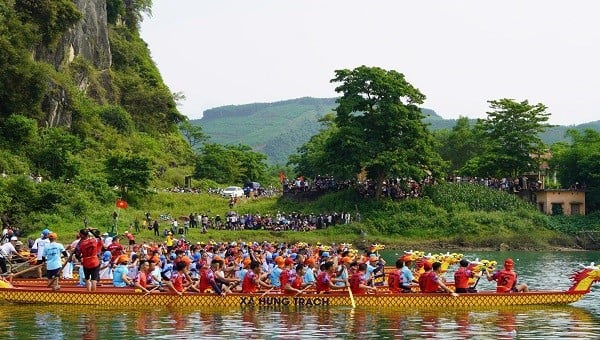

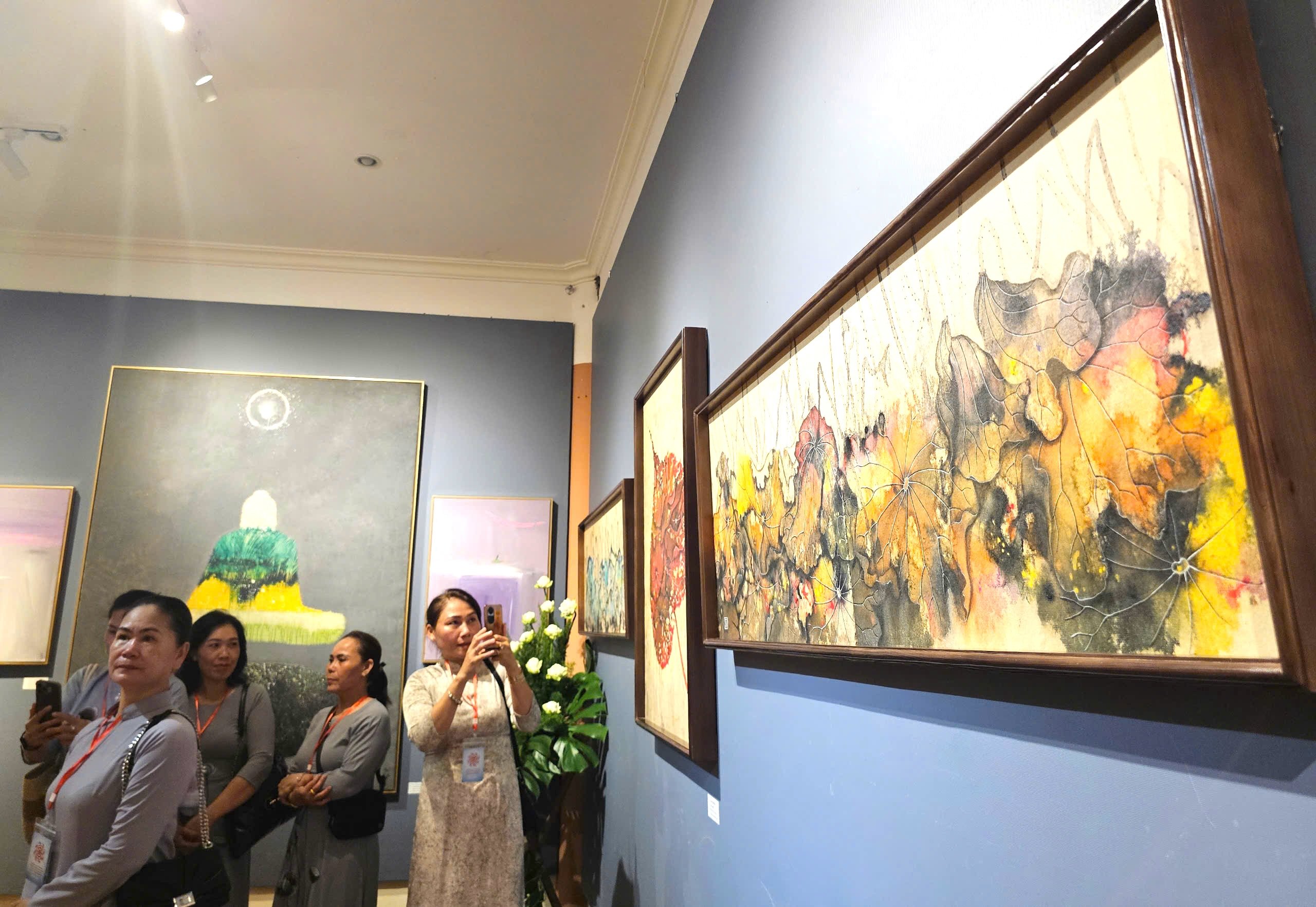



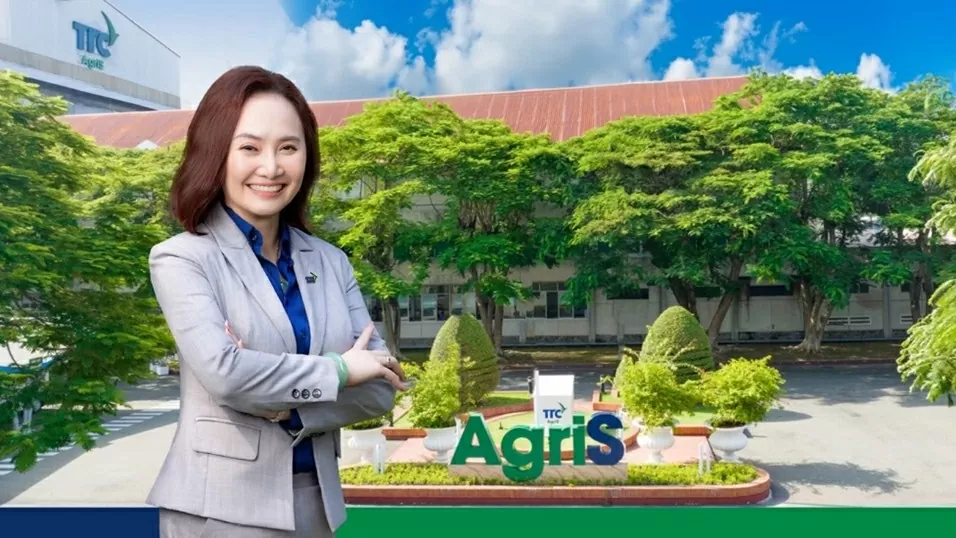
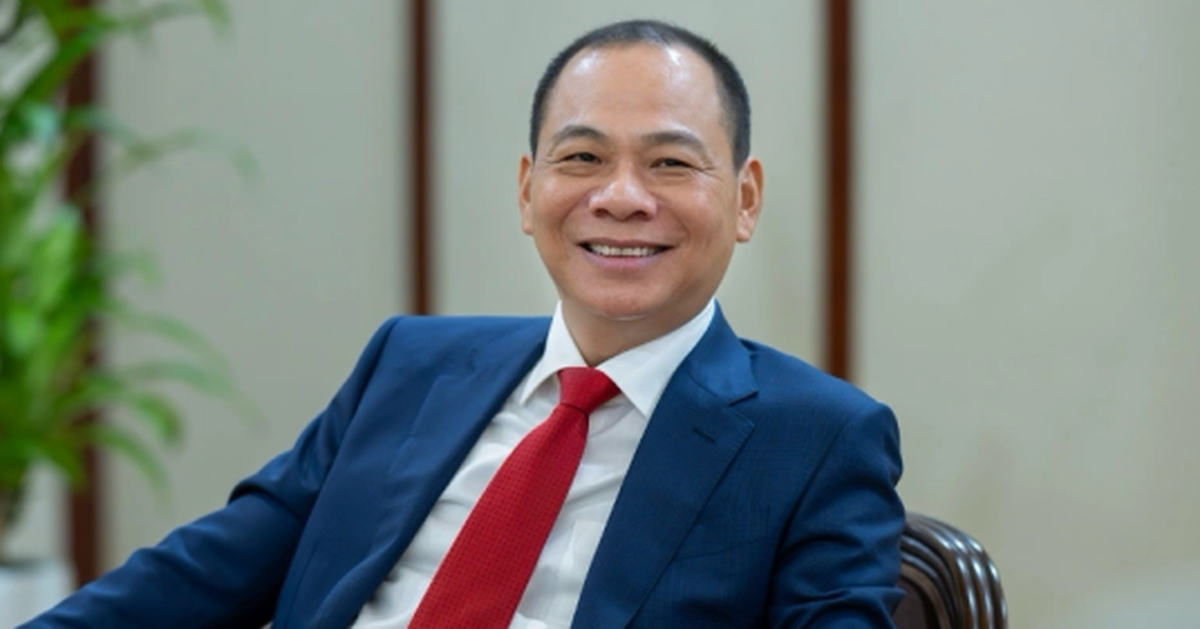

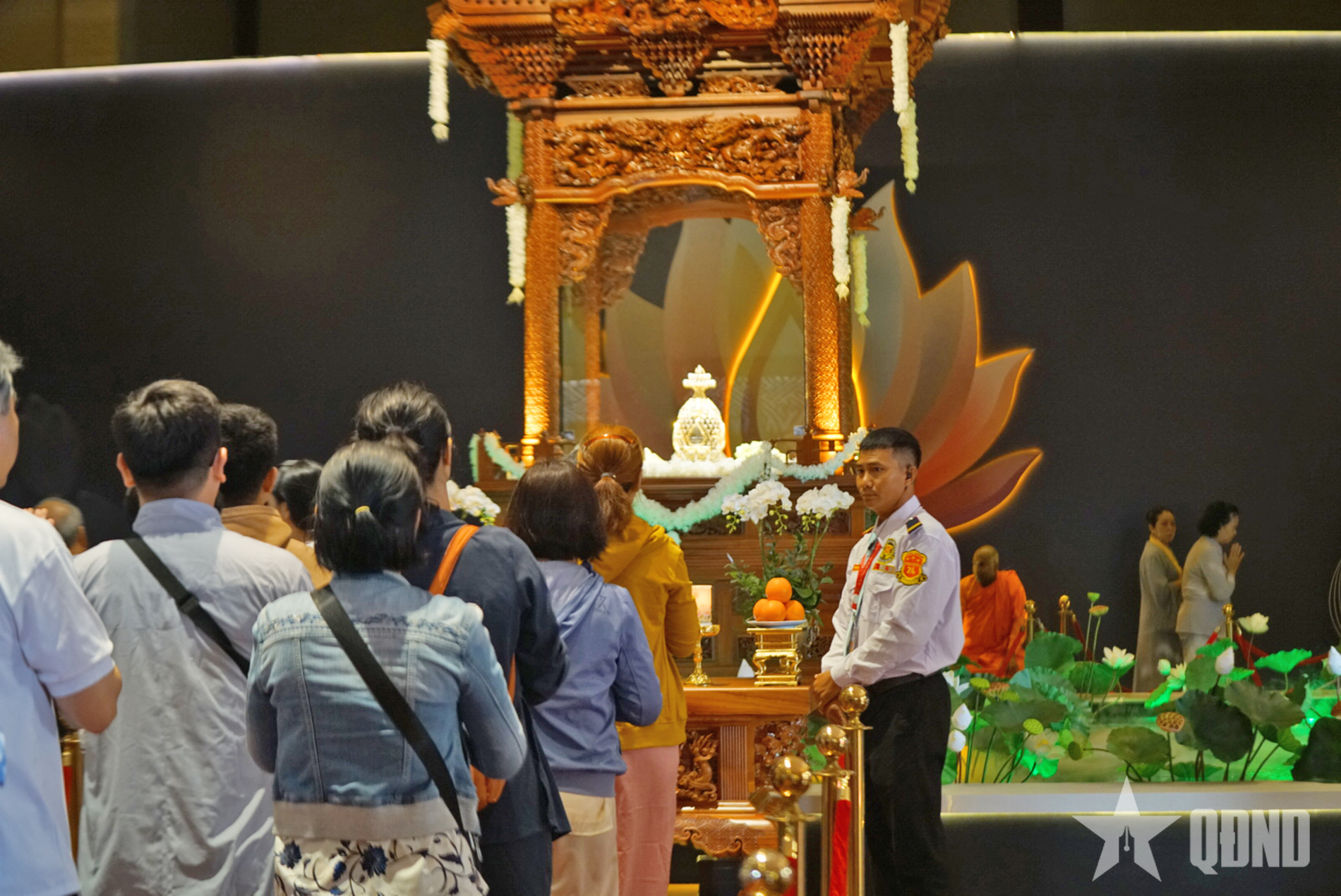

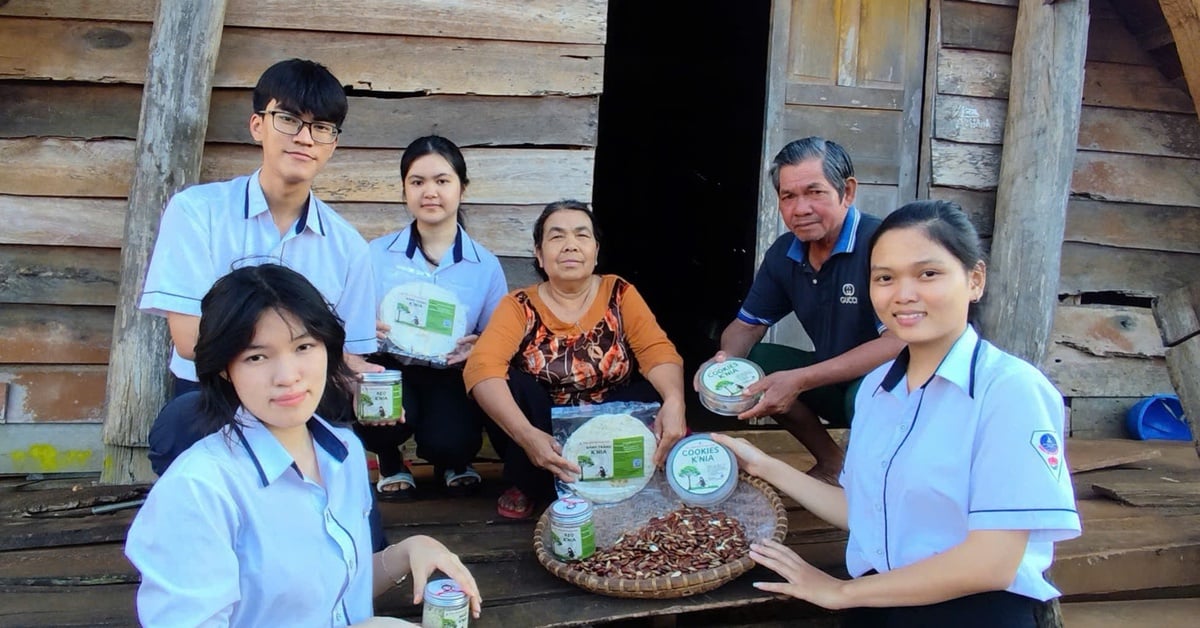






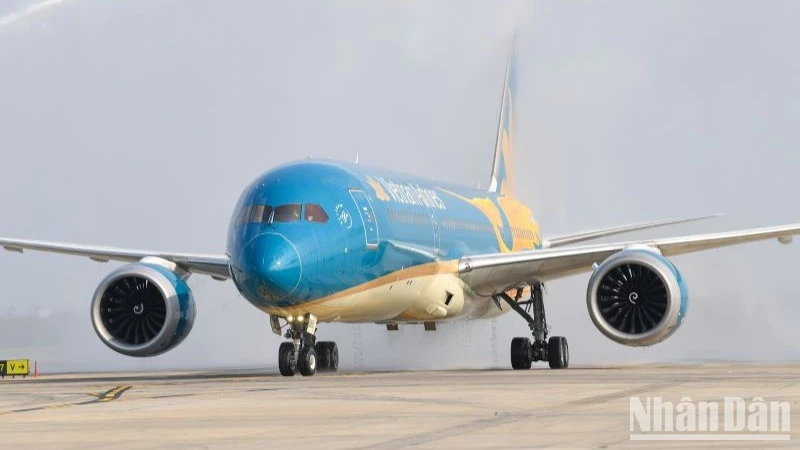
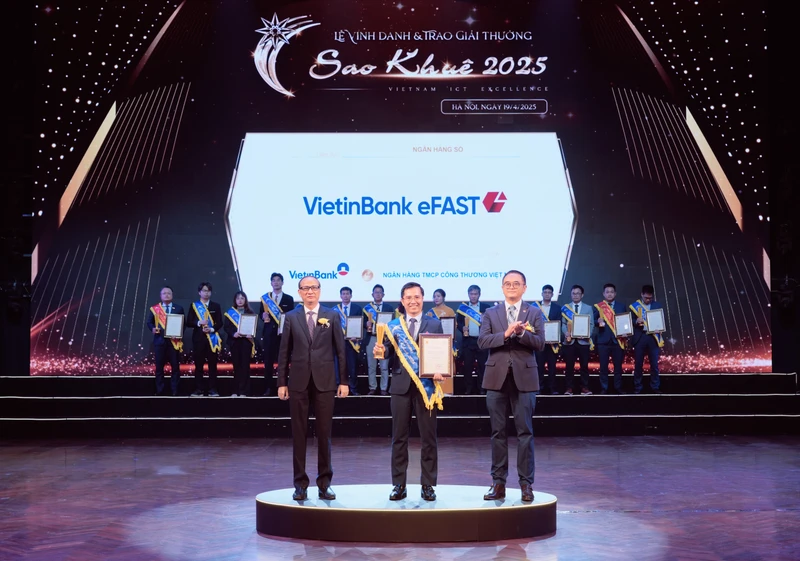
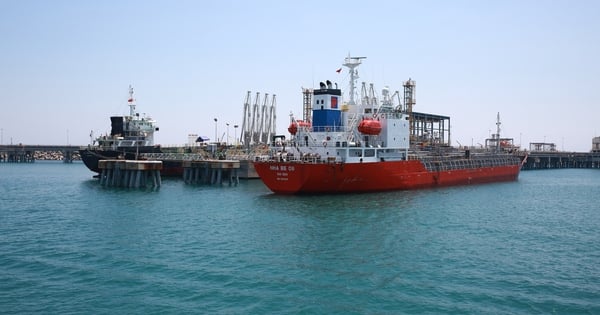


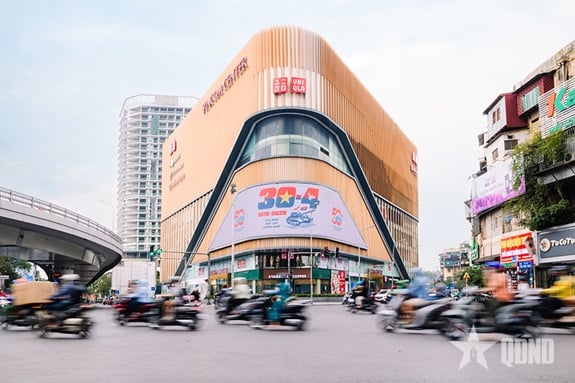

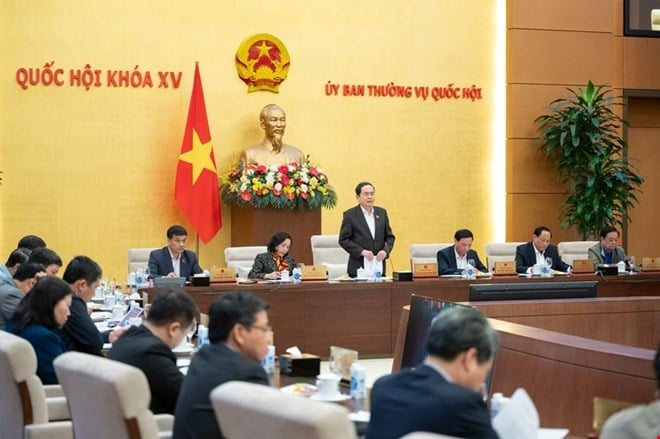
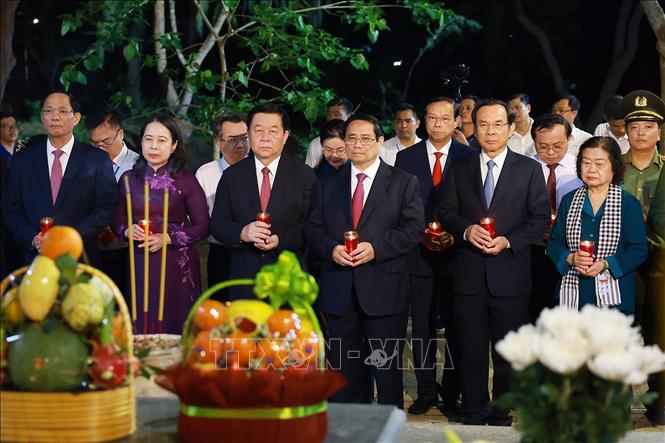




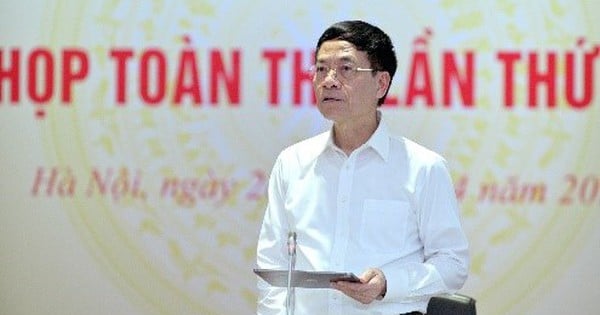

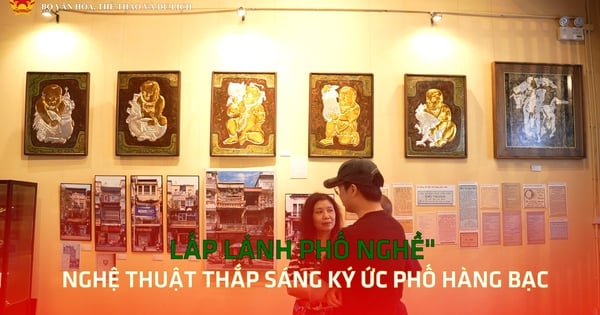

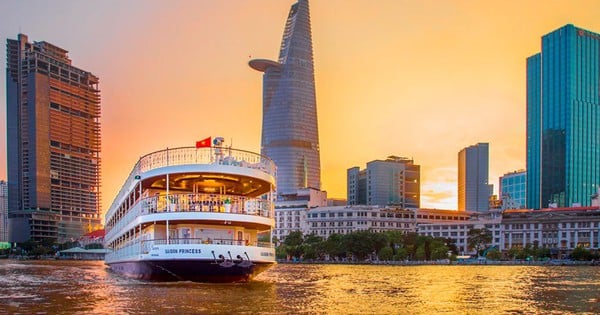
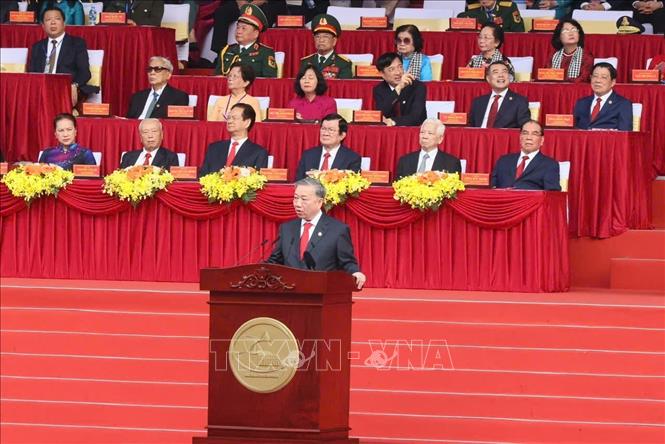

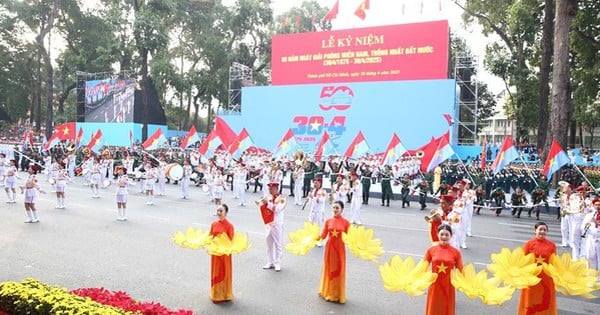
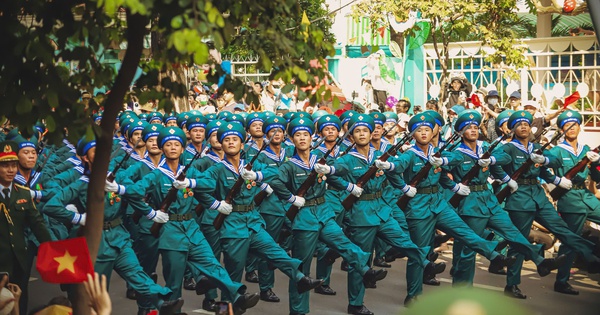



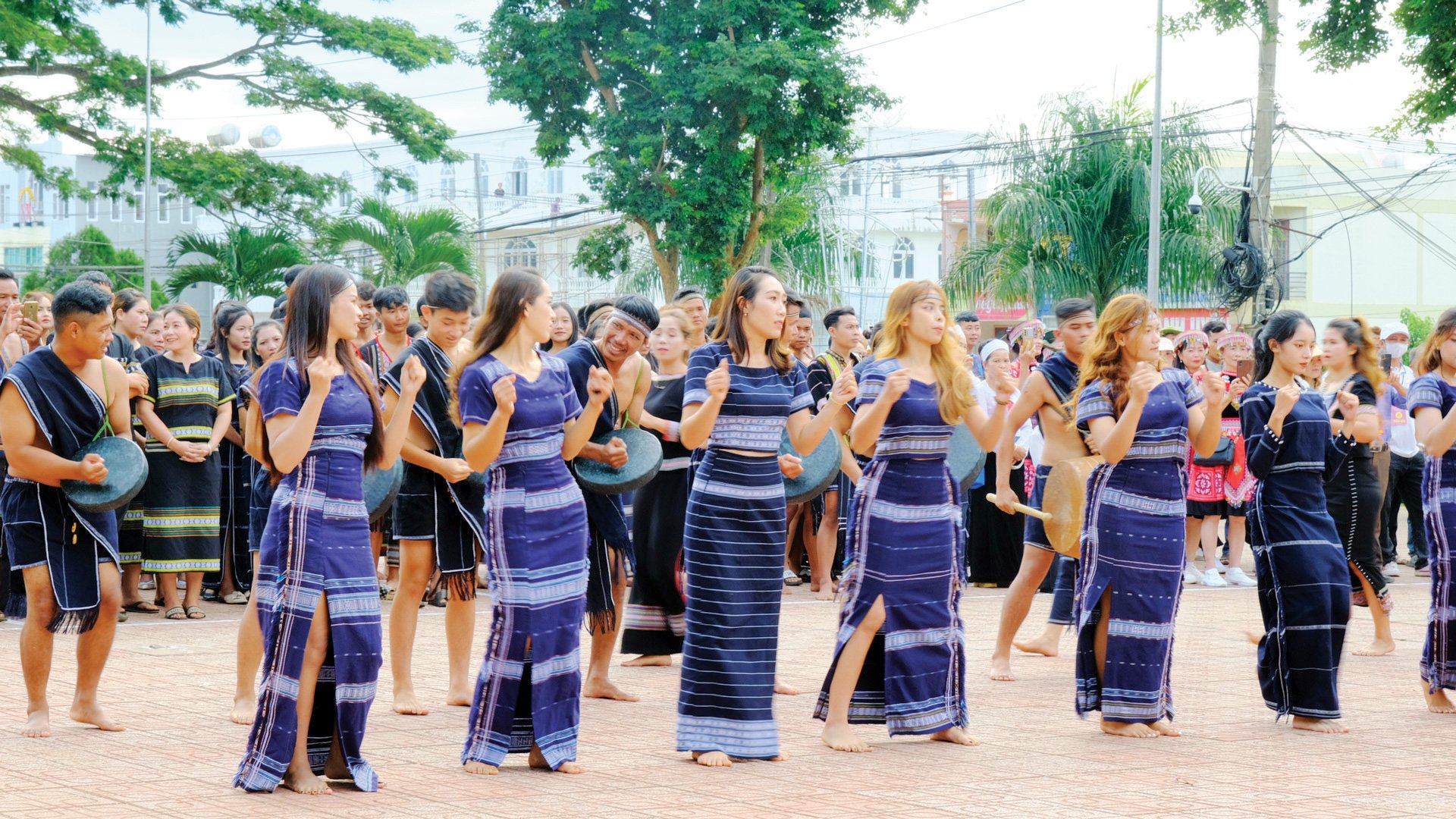


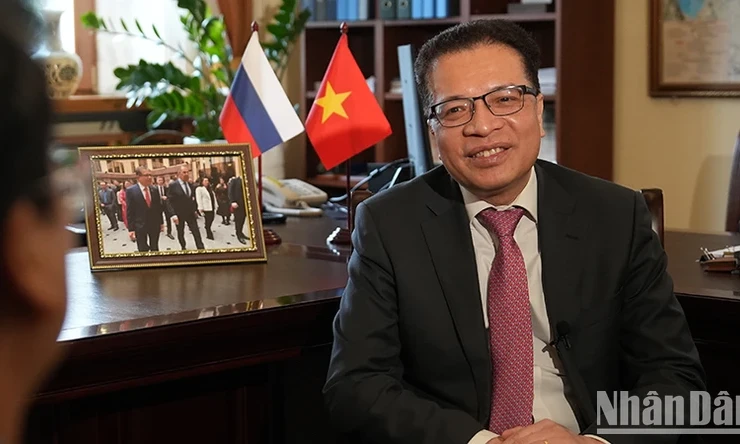




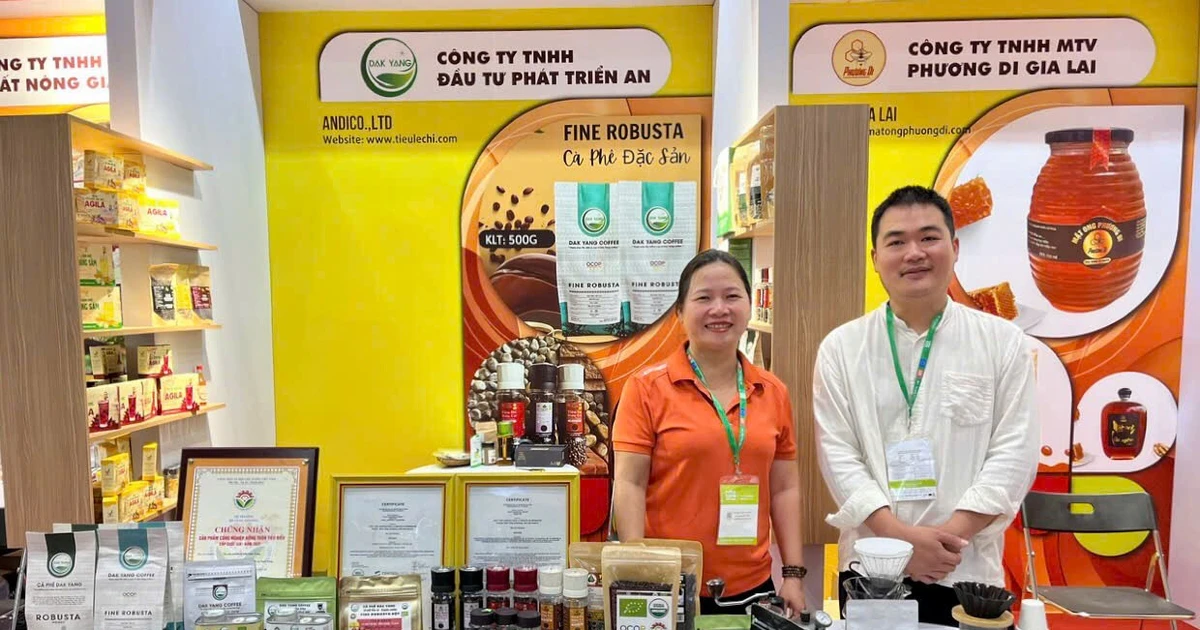



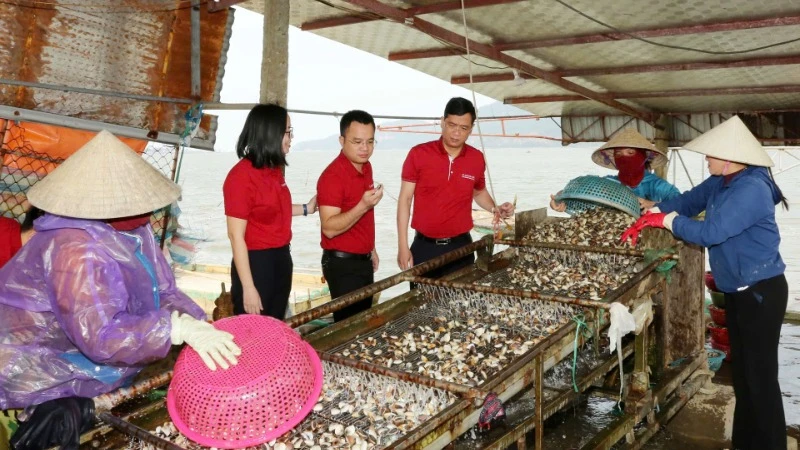
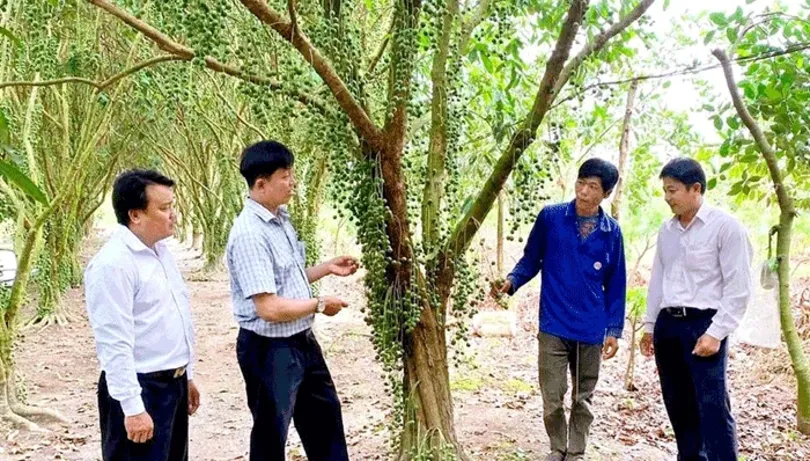

Comment (0)